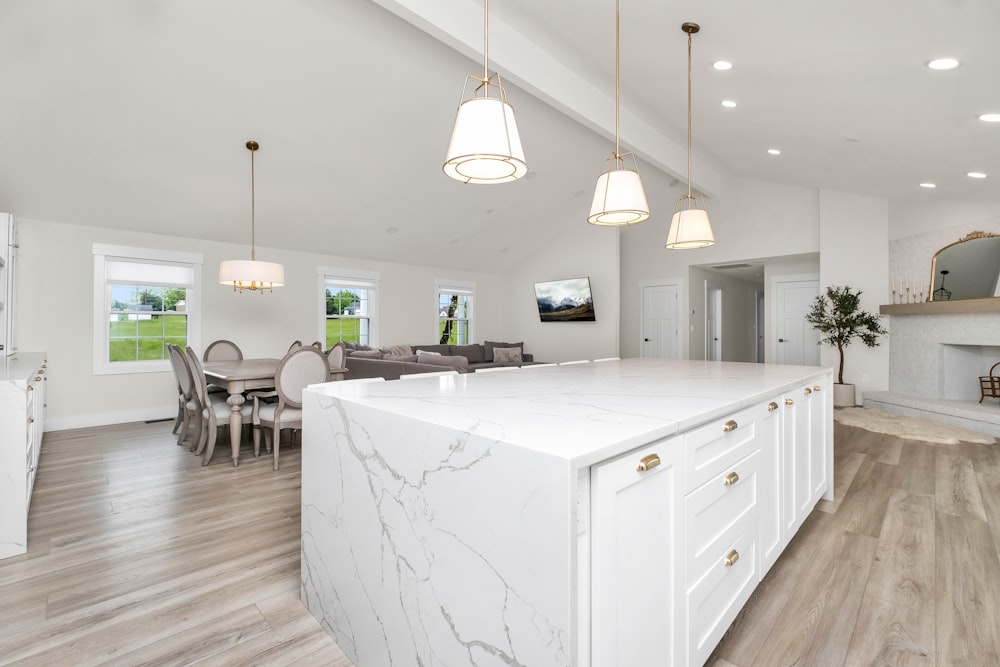Exploring Prairie Style Architecture:
In the vast expanse of architectural styles, Prairie style stands out for its distinctive characteristics and unique blend of form and function. Originating in the late 19th century, this architectural movement was pioneered by renowned architect Frank Lloyd Wright, who sought to create structures that harmonized with the expansive landscapes of the American Midwest.
A Tribute to Nature:
At the heart of Prairie style architecture lies a deep reverence for nature. Inspired by the sweeping vistas of the prairie landscape, Prairie homes often feature low-pitched roofs, horizontal lines, and open floor plans that seamlessly integrate indoor and outdoor spaces. Large windows and expansive verandas are common features, inviting natural light and fostering a connection to the surrounding environment.
Embracing Simplicity and Symmetry:
Central to Prairie style architecture is the principle of simplicity and symmetry. Characterized by clean lines and geometric shapes, Prairie homes exude a sense of order and balance. These architectural elements are not merely aesthetic choices but are rooted in Wright’s belief in the organic unity of design, where form follows function and every aspect of the structure serves a purpose.
The Influence of Japanese Design:
Another notable aspect of Prairie style architecture is its influence from Japanese design principles. Frank Lloyd Wright was deeply influenced by the simplicity and elegance of Japanese architecture, particularly its emphasis on horizontal lines and integration with nature. This influence is evident in many Prairie homes, which feature low-pitched roofs, overhanging eaves, and an emphasis on natural materials such as wood and stone.
Modern Interpretations:
While Prairie style architecture originated over a century ago, its influence continues to be felt in contemporary design. Architects and homeowners alike are drawn to the timeless elegance and inherent harmony of Prairie homes, adapting its principles to suit modern lifestyles and sensibilities. Today, Prairie style homes can be found in urban, suburban, and rural settings, serving as a testament to their enduring appeal.
Balancing Tradition with Innovation:
In embracing Prairie style architecture, modern designers are tasked with striking a delicate balance between tradition and innovation. While honoring the principles laid down by Frank Lloyd Wright, they also seek to incorporate modern materials, technologies, and sustainable practices into their designs. The result is a contemporary interpretation of Prairie style that retains its essence while meeting the demands of 21st-century living.
The Future of Prairie Style:
As we look to the future, Prairie style architecture continues to inspire and captivate architects, designers, and homeowners alike. Its emphasis on harmony with nature, simplicity of form, and integration of indoor and outdoor spaces remains as relevant today as it was over a century ago. Whether in the heart of the Midwest or beyond, Prairie style homes serve as timeless reminders of the beauty and elegance of thoughtful design. Read more about prairie style









